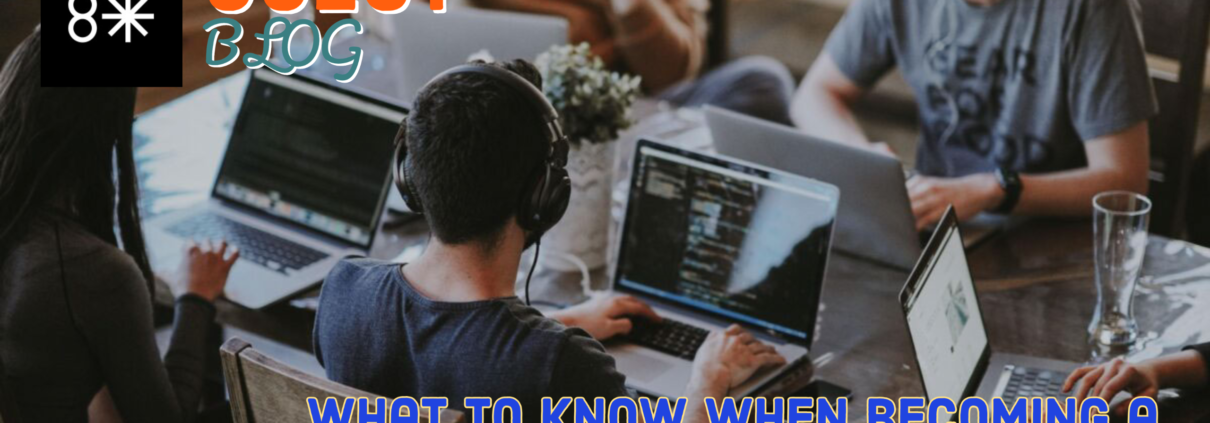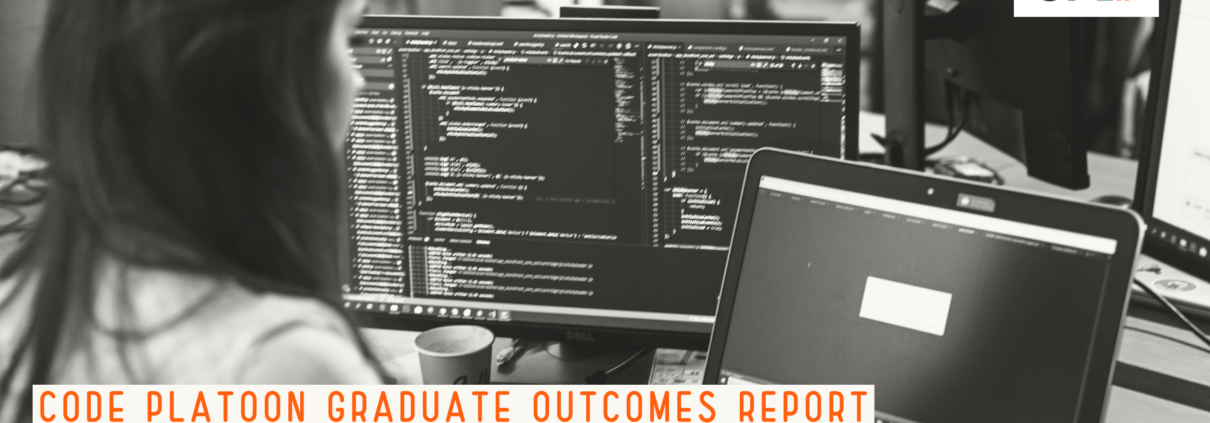The Instructor’s Perspective: A Passion for Science, Teaching, and Technology
To be a good teacher, one needs more than just relevant industry knowledge. The best instructors are driven, supportive, patient, and passionate about helping students apply their learning to their interests and goals. These descriptors and more have been used to describe Full-stack Evening & Weekend instructor Umar Ahmed Badami.
“My favorite part of being an instructor is seeing the expression on a student’s face when a concept finally clicks, or they solve a complicated debugging problem. It’s what motivates me to teach,” Umar said.
“My programming journey began in elementary school with Scratch, an accessible drag-and-drop programming tool for beginners. I almost immediately fell in love with coding, especially seeing the variety of things I could do with it.”
Umar quickly discovered his passion for helping his peers explore their interests in technology. In high school, he created a STEM tutoring service and established five extracurricular clubs to explore topics in science with his classmates. He founded the Aerospace Club, Competitive Programming Circle, Pixel Chefs, Astronomy Research Club, and ExploraVision Club.

Umar researching for one of his publications in 2018.
In his first year competing in the ExploraVision National Science Competition, Umar led a team of high school students to research a brain-computer interface that uses electricity to improve neuroplasticity in people affected by strokes. They received an honorable mention.
Umar also volunteered with the New Jersey Astronomical Association Observatory. He helped operate a 26-inch Newtonian reflector telescope and conducted astronomy education outreach for children. By the time he graduated from high school, Umar had published astronomy research in Astronomy Theory, Observations & Methods and the Journal of Double Star Observations.
Umar took a gap year after graduation to decide what he wanted to learn next. During this time, he rekindled his interest in coding and discovered Code Platoon.
“I was looking to improve my programming skills and explore new areas of STEM. I came across Code Platoon while looking for apprenticeships,” he said. “I had experience working in the back end with Python and C for my middle school projects, but I had never done full-stack web development. I thought Code Platoon’s Teaching Assistant program would be a great opportunity.”
Umar was a TA for Code Platoon’s Immersive Papa Platoon and Evening & Weekend Charlie Platoon. Although he had no affiliation with the military community, he was excited to use his previous teaching experience to help Veterans transition to tech careers.
“It was my first time teaching adult students,” Umar said. “Although I was–and still am–younger than my students, that has never been an issue at Code Platoon.”
“My favorite part of the experience is getting to know the Veteran and military spouse students. They’re incredibly motivated, driven people. Everyone has a fascinating background and varied experiences. It’s been amazing to see what the Veterans I taught are doing now–only a couple of years after graduating from Coding Bootcamp.”
After Umar’s teaching assistantship ended, he began a Science, Technology, & International Affairs degree at Georgetown University. This degree will help him continue learning to solve scientific and technical problems—such as in medicine or environmental science—across national boundaries.
In college, Umar wanted to continue working with Code Platoon, but he needed to figure out how to juggle his classes and continue astronomy research while teaching programming. That’s when Code Platoon offered him an Evening & Weekend Instructor position. Umar jumped at the opportunity.
“It was initially challenging to find time in my schedule for my pre-class preparations,” Umar said. “The experience has helped a lot with improving my organization strategies.”
“I’m excited for the Evening & Weekend Delta Platoon to begin their final projects. It’s amazing seeing the students take what they learned to create a web application that they’re passionate about.”
“I don’t know what I want to do after I graduate from university. I have too many ideas, but I want to continue helping people discover how to use technology to accomplish their goals. It’s one of my favorite aspects of teaching and learning in STEM.”
Kayla Elkin is the Marketing Content Specialist at Code Platoon. In this role, she utilizes her marketing, writing, and editing skills developed from previous positions in higher education and educational technology. Kayla has degrees in English and Sociology from Clemson University and completed the Study in India Program (SIP) at the University of Hyderabad. She lives with her partner in northern Chicago.











